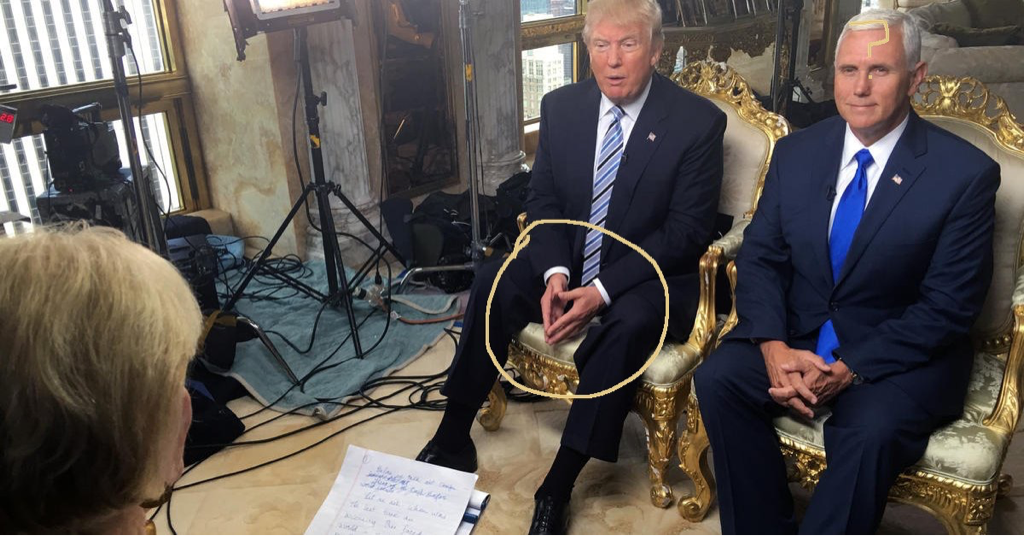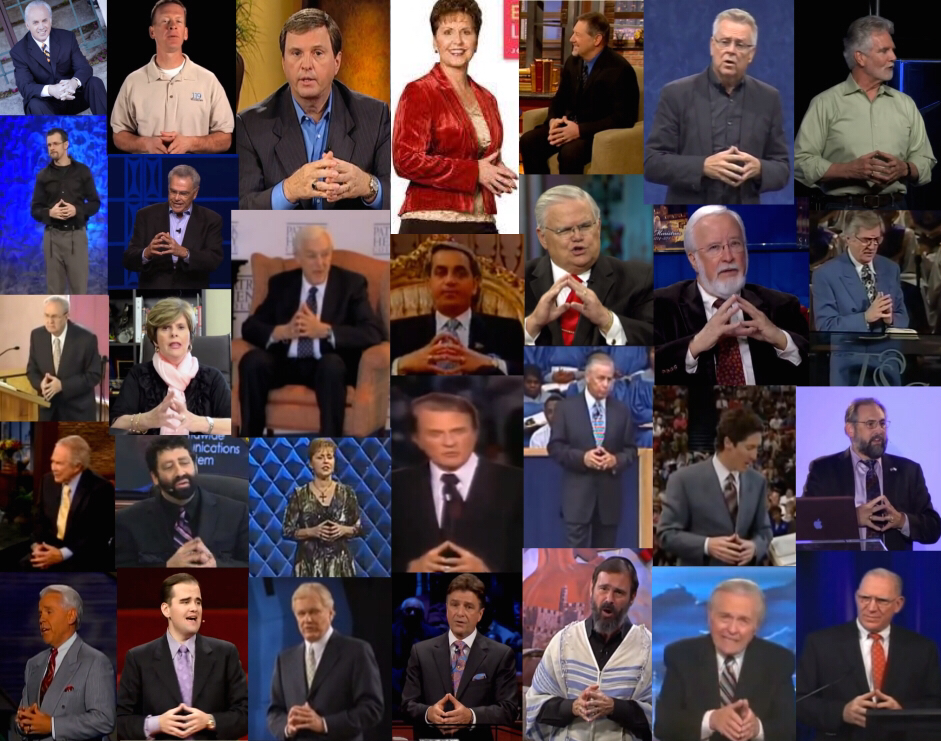Freemasonry has always been shrouded in mystery and intrigue, with its rituals, symbols, and hand positions sparking curiosity for centuries. From secret handshakes to symbolic gestures, masonic hand positions play a crucial role in the brotherhood's traditions. But what exactly do these hand positions mean? Why are they so important to Freemasonry? In this article, we'll dive deep into the world of masonic hand positions and uncover the hidden meanings behind these symbolic gestures.
Picture this: you're at a meeting where men greet each other with gestures that seem like they're part of a secret code. That's the reality of Freemasonry, a fraternal organization with roots dating back hundreds of years. Masonic hand positions are not just random gestures; they're deeply rooted in the organization's history and serve as a way for members to recognize each other.
So, why should you care about masonic hand positions? Whether you're fascinated by secret societies or simply curious about the rituals of Freemasonry, understanding these gestures can give you insight into one of the world's most mysterious organizations. Let's get started and uncover the secrets behind these symbolic hand positions.
Read also:Primrose Assisted Living Kokomo Your Premier Choice For Caring Senior Living
What Are Masonic Hand Positions?
Masonic hand positions are gestures used by Freemasons to signify their membership and rank within the organization. These positions are an integral part of the rituals and ceremonies that take place within Masonic lodges. Each gesture carries a specific meaning and is often accompanied by a password or phrase that further verifies a member's identity.
Think of masonic hand positions as a secret language that only Freemasons understand. They're not just random movements; they're carefully crafted gestures that have been passed down through generations. These positions are used during meetings, initiations, and other Masonic events to reinforce the bonds between members.
So, how do these hand positions work? Let's break it down:
- Each position corresponds to a specific degree within Freemasonry.
- Members must learn and memorize these gestures as part of their initiation process.
- These positions are used to verify membership and rank within the organization.
It's like having a secret handshake that only you and your brothers know. And trust me, these gestures are way cooler than the ones you used to do with your friends back in high school.
The History of Masonic Hand Positions
To truly understand masonic hand positions, you need to delve into the history of Freemasonry itself. The origins of Freemasonry can be traced back to the stonemason guilds of medieval Europe. These guilds were responsible for constructing some of the most iconic buildings of the time, including cathedrals and castles.
Back in the day, stonemasons used secret handshakes and gestures to identify each other on job sites. This was especially important because they often traveled from one location to another, working on different projects. By using these secret gestures, they could ensure that they were working with fellow skilled craftsmen and not impostors.
Read also:Keke Wyatt Family A Closer Look Into Their Inspiring Journey
Over time, these gestures evolved into the masonic hand positions we know today. As Freemasonry transitioned from a trade guild to a fraternal organization, the focus shifted from building physical structures to building spiritual ones. The hand positions became symbolic gestures that represented the values and principles of the organization.
How Masonic Hand Positions Have Evolved
While the basic principles of masonic hand positions have remained the same, they have certainly evolved over the years. Modern Freemasonry has incorporated new gestures and meanings to reflect the changing times. For example, some hand positions now symbolize global unity and cooperation, reflecting the organization's commitment to making the world a better place.
It's like when you update your social media profile picture to reflect who you are today. Freemasonry does the same with its hand positions, ensuring that they remain relevant and meaningful to its members.
The Symbolism Behind Masonic Hand Positions
Every masonic hand position carries deep symbolic meaning. These gestures are not just random movements; they represent the core values and principles of Freemasonry. From the Entered Apprentice to the Master Mason, each degree has its own set of hand positions that convey specific messages.
Let's take a look at some of the most common masonic hand positions and their meanings:
- The Entered Apprentice Hand Position: This gesture symbolizes the beginning of a member's journey in Freemasonry. It represents humility and the willingness to learn.
- The Fellow Craft Hand Position: This position signifies the member's growth and development within the organization. It represents knowledge and skill.
- The Master Mason Hand Position: This gesture is the most advanced and represents the ultimate achievement within Freemasonry. It symbolizes wisdom and mastery.
These hand positions are like the chapters in a book, each one building on the previous one to create a complete story. And just like a good book, the deeper meanings behind these gestures can only be fully understood through experience and reflection.
Why Are Masonic Hand Positions So Important?
Masonic hand positions are more than just gestures; they're a vital part of the Freemason experience. They serve several important purposes within the organization:
- Recognition: Hand positions help members recognize each other, even if they've never met before.
- Secrecy: These gestures are kept secret from outsiders, reinforcing the exclusive nature of Freemasonry.
- Bonding: Sharing these gestures creates a sense of camaraderie and unity among members.
Imagine having a secret code that only you and your closest friends know. That's what it's like to be a Freemason. These hand positions create a sense of belonging and shared purpose that's hard to find elsewhere.
How Masonic Hand Positions Foster Brotherhood
One of the most important roles of masonic hand positions is fostering brotherhood among members. By sharing these gestures, Freemasons create a bond that transcends cultural and geographical boundaries. It's like having a family that spans the globe.
And let's be real, who wouldn't want to be part of a group that values brotherhood, integrity, and personal growth? Freemasonry offers all of that and more, and masonic hand positions are just one of the ways they make it happen.
Common Misconceptions About Masonic Hand Positions
There are plenty of myths and misconceptions surrounding masonic hand positions. Some people think they're evil or satanic, while others believe they're just a bunch of random gestures. Let's clear up some of these misunderstandings:
- Myth #1: Masonic hand positions are evil. This couldn't be further from the truth. These gestures are rooted in positive values like brotherhood, charity, and personal growth.
- Myth #2: Anyone can learn masonic hand positions. Nope. These gestures are kept secret from outsiders and are only taught to initiated members.
- Myth #3: Masonic hand positions have no meaning. On the contrary, each gesture carries deep symbolic meaning that reflects the values of Freemasonry.
It's like when someone misunderstands a cultural tradition because they don't know the full story. Masonic hand positions are rich with meaning, and once you understand them, you'll see how beautiful and meaningful they truly are.
How to Learn Masonic Hand Positions
If you're interested in learning masonic hand positions, you'll need to become a member of a Masonic lodge. The process of initiation involves learning these gestures and their meanings, along with other Masonic traditions. It's not something you can just pick up from a book or online tutorial.
Think of it like learning a new language. You can't just read a dictionary and expect to speak fluently. You need to immerse yourself in the culture and practice consistently. The same goes for masonic hand positions; they're best learned through hands-on experience and guidance from experienced members.
Steps to Becoming a Freemason
If you're intrigued by the idea of learning masonic hand positions, here's how you can become a Freemason:
- Research: Learn more about Freemasonry and its values to see if it's the right fit for you.
- Find a Lodge: Locate a Masonic lodge in your area and attend some of their public events.
- Apply: Submit an application to the lodge and go through the initiation process.
It's not as complicated as it sounds, and the rewards of becoming a Freemason are well worth the effort. Plus, you'll get to learn those cool hand positions that have fascinated people for centuries.
The Role of Masonic Hand Positions in Modern Freemasonry
While masonic hand positions have their roots in the past, they continue to play an important role in modern Freemasonry. In today's world, where technology often replaces face-to-face interaction, these gestures remind members of the importance of human connection and shared experiences.
Freemasonry has also adapted to the digital age by using technology to enhance its traditions. For example, some lodges now offer online learning resources to help members better understand masonic hand positions and other rituals. But no matter how much technology advances, the core values and traditions of Freemasonry remain unchanged.
How Technology Enhances Masonic Traditions
Technology has opened up new possibilities for Freemasonry, allowing members to connect and learn in ways that were once unimaginable. From virtual meetings to online education platforms, Freemasons are embracing the digital age while still preserving their rich traditions.
It's like having the best of both worlds. You can still enjoy the timeless rituals and gestures of Freemasonry while also taking advantage of modern technology to enhance your experience.
Conclusion: Embrace the Mystery of Masonic Hand Positions
Masonic hand positions are more than just gestures; they're a vital part of the Freemason experience. From their historical roots to their modern-day significance, these gestures continue to captivate and inspire those who learn them. Whether you're a current member or simply curious about Freemasonry, understanding masonic hand positions can deepen your appreciation for this fascinating organization.
So, what are you waiting for? If you're interested in learning more about Freemasonry and its traditions, take the first step today. Attend a public event, talk to a member, or start your own research. The world of Freemasonry is waiting for you, and the secrets of masonic hand positions are just the beginning.
And hey, don't forget to share this article with your friends. Who knows? You might inspire someone else to join the brotherhood and uncover the mysteries of Freemasonry for themselves. After all, the more we share, the more we grow!
Table of Contents
What Are Masonic Hand Positions?
The History of Masonic Hand Positions
The Symbolism Behind Masonic Hand Positions
Why Are Masonic Hand Positions So Important?
Common Misconceptions About Masonic Hand Positions
How to Learn Masonic Hand Positions
The Role of Masonic Hand Positions in Modern Freemasonry

